How did Luisa Albertini interpret the dream? In Como the exhibition of the 20th century abstractionist
From September 21 to December 8, 2024, Villa Carlotta in Como pays homage to Luisa Albertini (Como, 1918 - 2018) with the exhibition Luisa Albertini, Day by Day. Signs Forms Colors, curated by Elena Di Raddo, Darko Pandakovic and Maria Angela Previtera. A multifaceted artist and prominent protagonist of the Larian cultural scene, she has experimented with different artistic techniques over the years. At the center of the exhibition are tapestries and jewelry designed and made by the Como artist between the 1960s and the 1980s, flanked by enamels on copper, painted woods, and acrylics on canvas.
The exhibition hosts more than fifty works to which are added another sixty among preparatory drawings and sketches. Each of the nine spaces houses works related to each other in terms of shapes, colors, and prevailing expressiveness, suggesting a sequence, a tone in which the visitor can find connections, search for meaning, level of concentration and emotion. Forms and colors arise from Luisa Albertini’s fascination with the world of the symbolic, the original and ancient primitive civilizations.
The intentionally rough appearance, particularly in the early works, involves the use of pieces of fabric joined together in such a way as to leave the seams blatantly in view, entrusting the harmony of the overall effect to the curvilinear forms and, above all, to the garish colors, but perfectly balanced in tone.
Imagination and dreaming are extremely important areas for her, to be interpreted in art but also studied through readings by Carl Gustav Jung, Claude Lévi-Strauss, Georges Poulet, and Erich Fromm. The “tapestries,” as the artist herself calls them, are inlays, assemblages of textile materials. In addition to Africa, Albertini looks to the peoples of Latin America, especially the Aztec people and more generally to the ancient indigenous civilizations of South America, who in their clothing textiles, tejidos and ponchos, reworked the original motifs drawn from tradition visible on archaeological finds, in zoomorphic, anthropomorphic or abstract variants.
The protagonist of his imagery is the human creature drawn with a flat line and synthesized in heads, frontal and more often in profile, from which arms and hands depart directly, as in the metamorphic works of Pablo Picasso. The world of Jungian archetypes, the magic of astral symbols, astrology and idols, masks and primitive fetishes give rise to the “creatures,” figures with which Luisa Albertini’s tapestries, jewelry and later painting are populated.

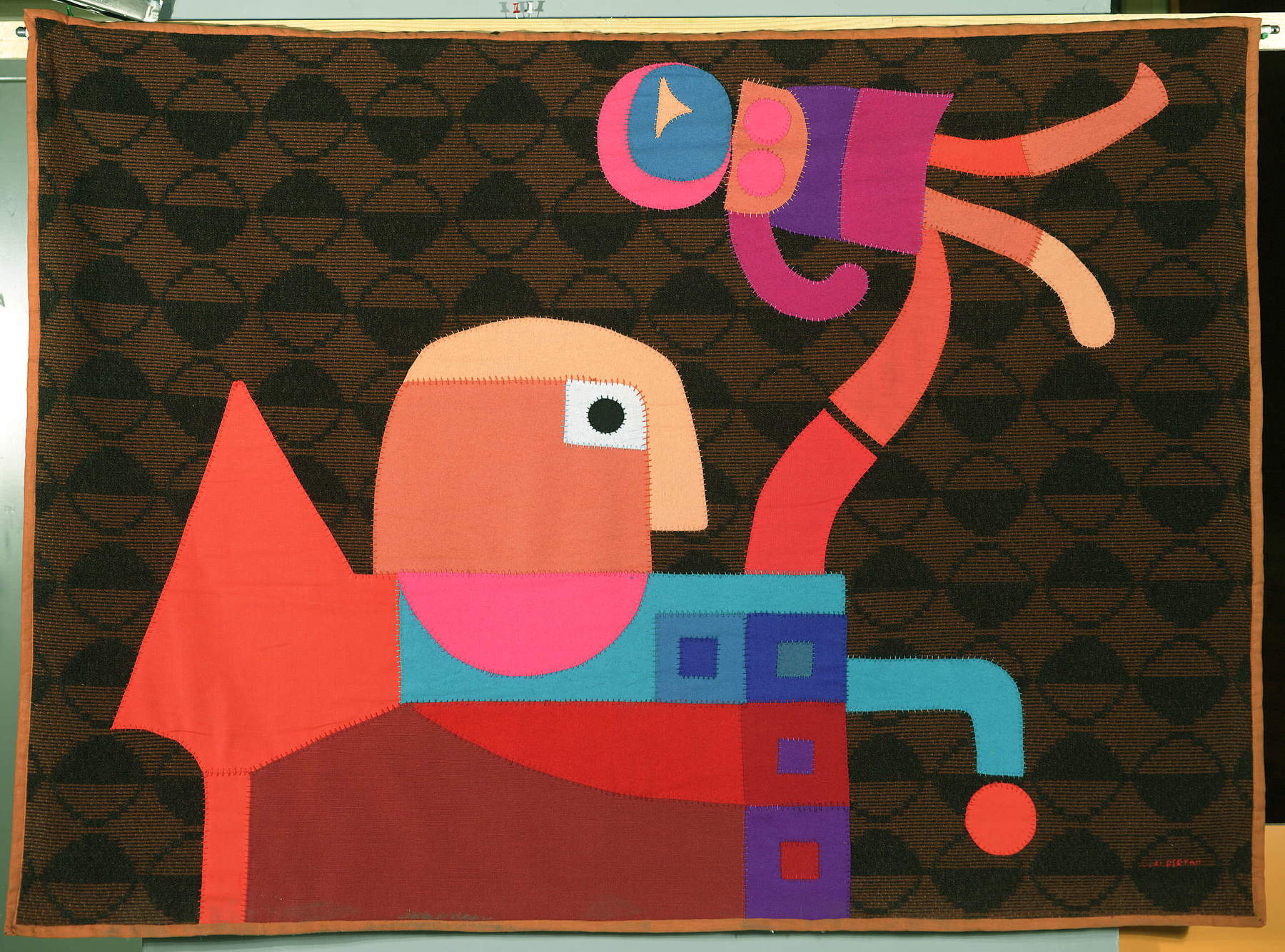
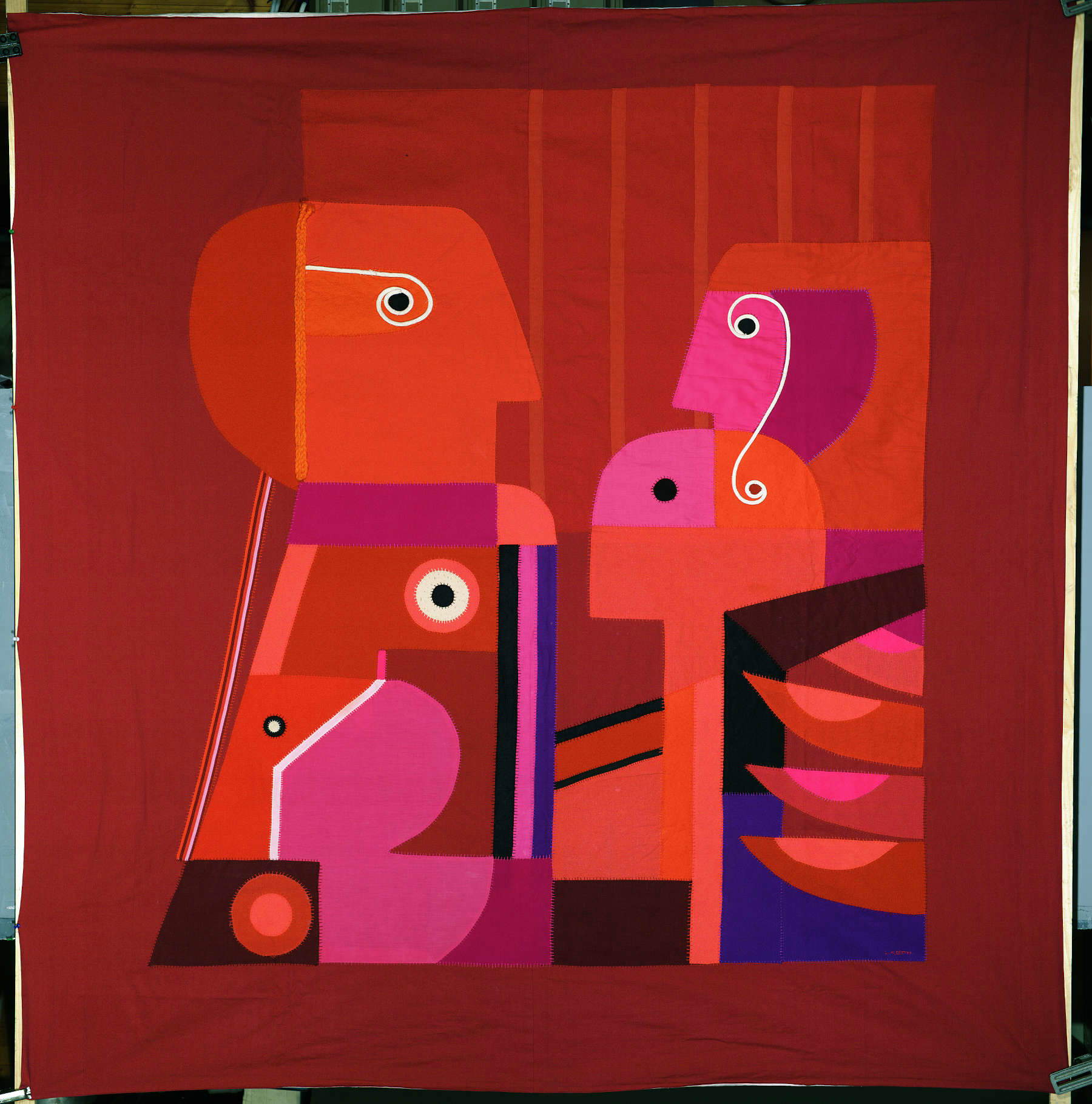
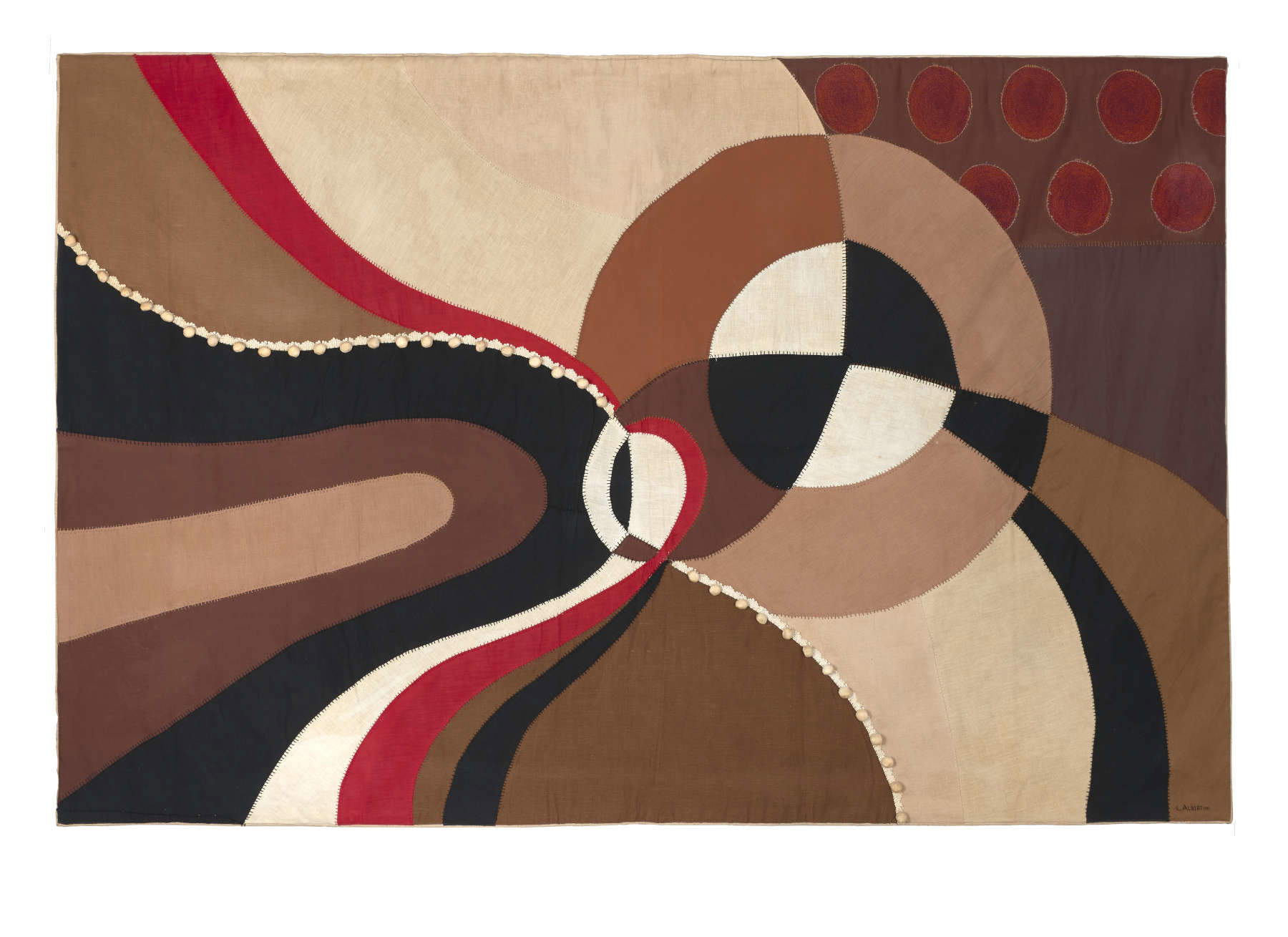
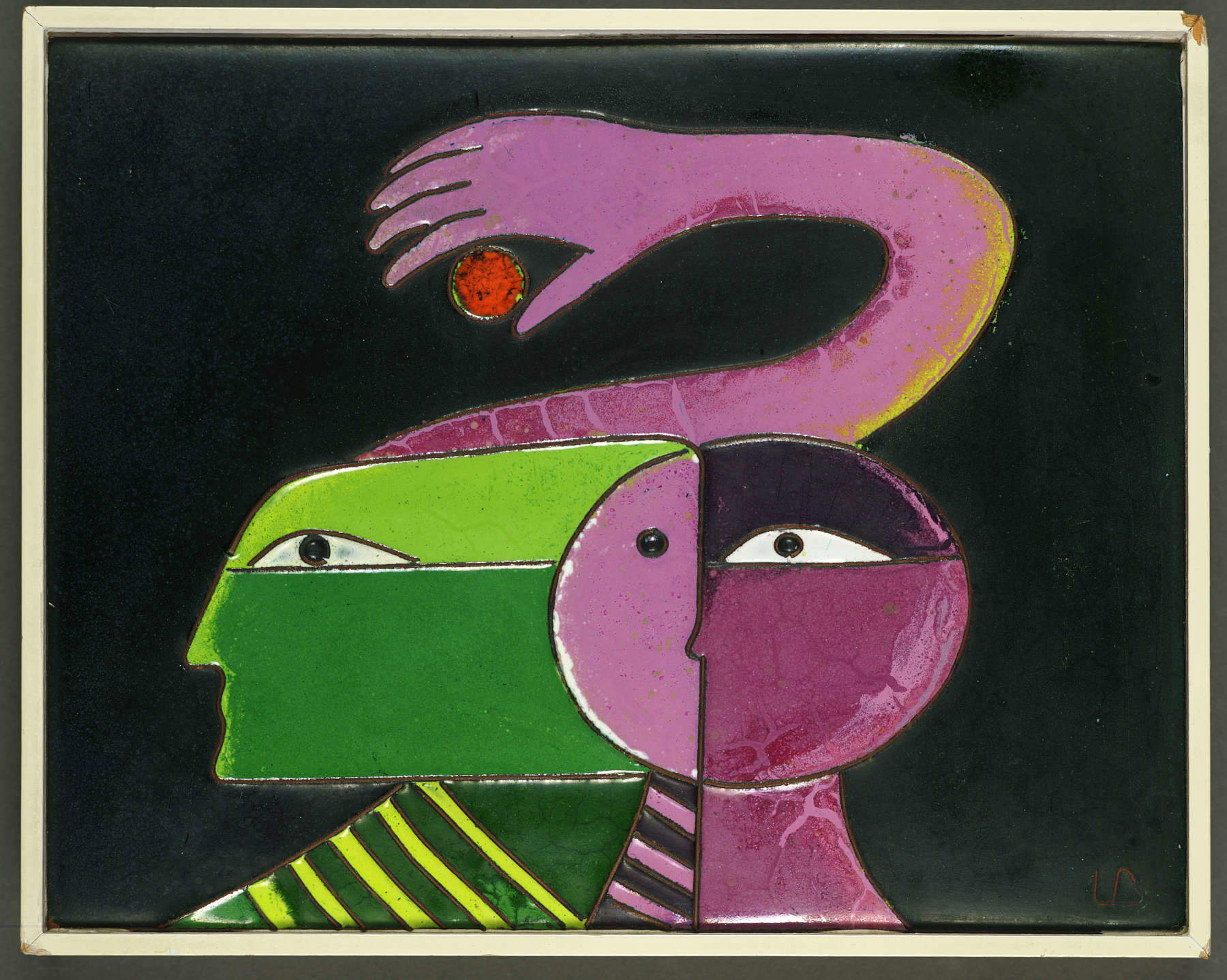
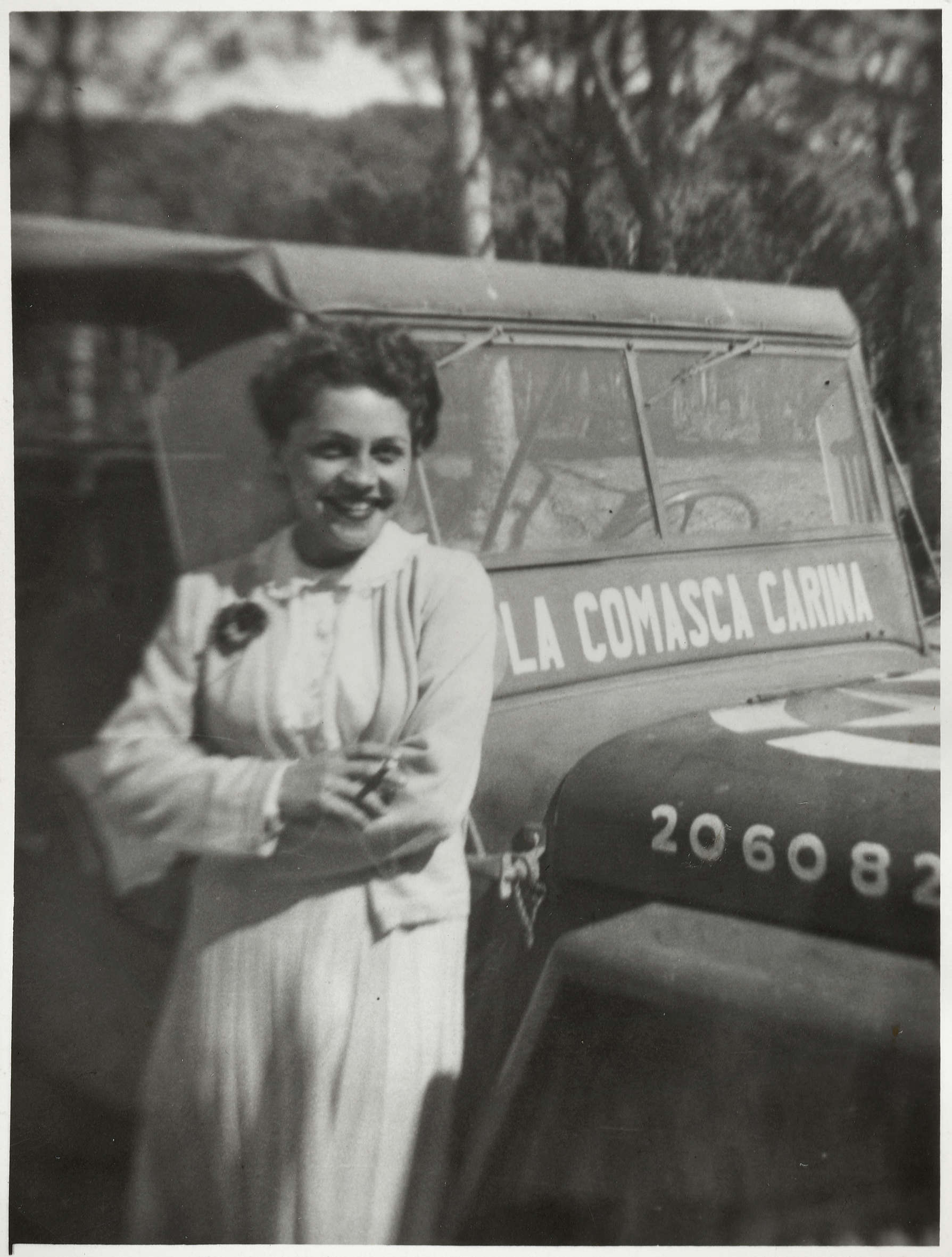
Notes on the artist
Luisa Albertini was born in Como in 1918. Her long artistic activity, between the 1930s and the early 2000s, crosses numerous techniques. Her first works are studies - portraits and drawings from life - and graphic works. In 1951 he presented glazed terracottas at the IX Triennale. In 1955 Mario Radice comments flatteringly on a series of his watercolors on display in Como. In 1959 at Galleria Barbaroux in Milan he exhibited works in enamel on copper and bronze, a technique he also used to produce domestic objects. The central moment of his artistic life is between the 1970s and the 1990s: he makes tapestries, painted woods, metal sculptures and jewelry. His solo exhibitions were numerous: at the galleries La Colonna, Libera Parini, Atrio in Como, Mosaico in Chiasso, Il Gabbiano in La Spezia and Ferrari in Brescia. He also executed a series of etchings and aquatints. In the last phase of his activity he devoted himself to painting on canvas and panel, the subject of his 2003 solo exhibition in Como. In 2016 her works are exhibited at the Milan Triennale in the exhibition W. Women in Italian Design and in 2022, in Como, in Astratte. Women and Abstraction in Italy 1930-2000. She disappears in Como in 2018.
 |
| How did Luisa Albertini interpret the dream? In Como the exhibition of the 20th century abstractionist |
Warning: the translation into English of the original Italian article was created using automatic tools. We undertake to review all articles, but we do not guarantee the total absence of inaccuracies in the translation due to the program. You can find the original by clicking on the ITA button. If you find any mistake,please contact us.




























